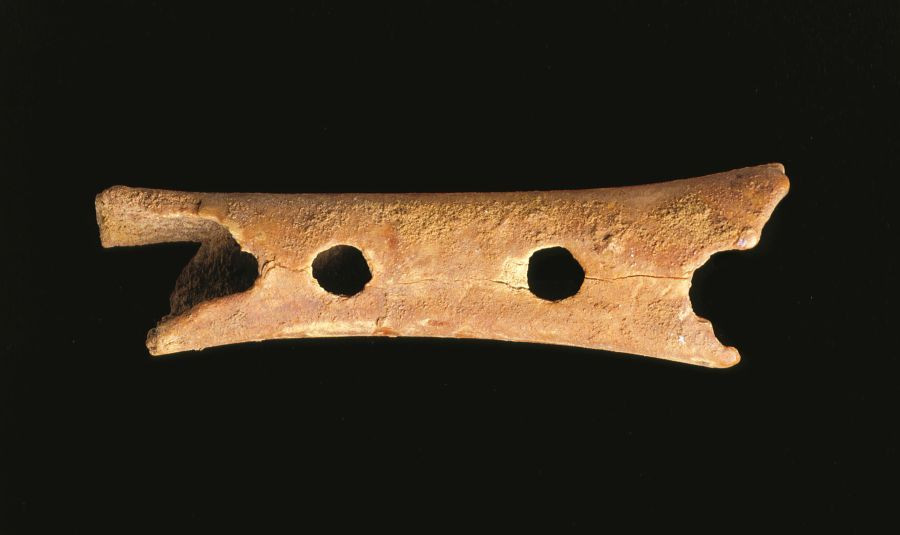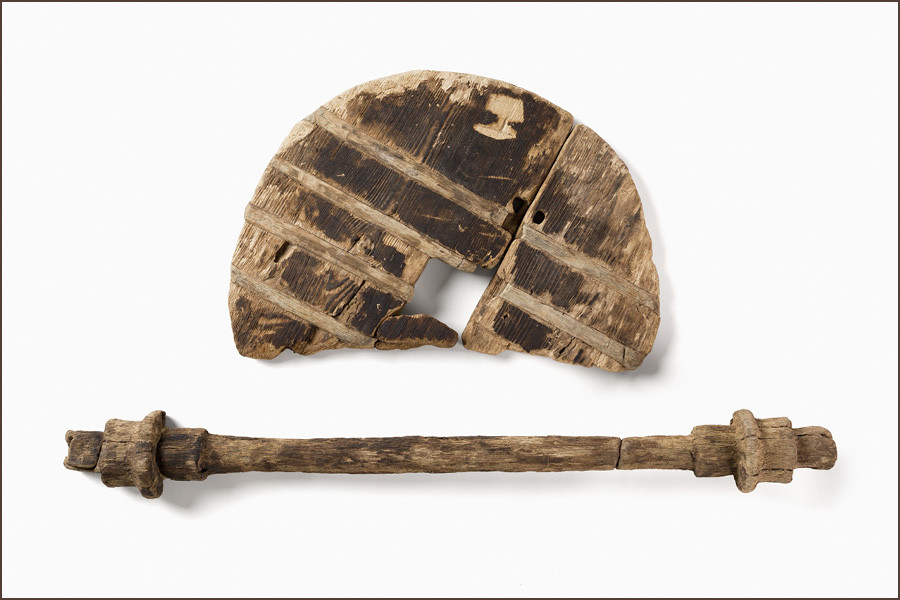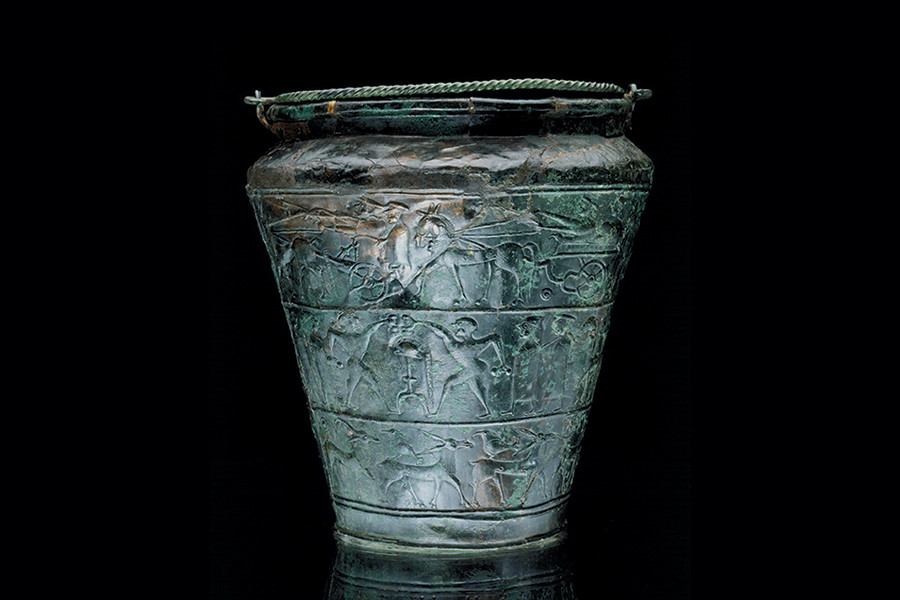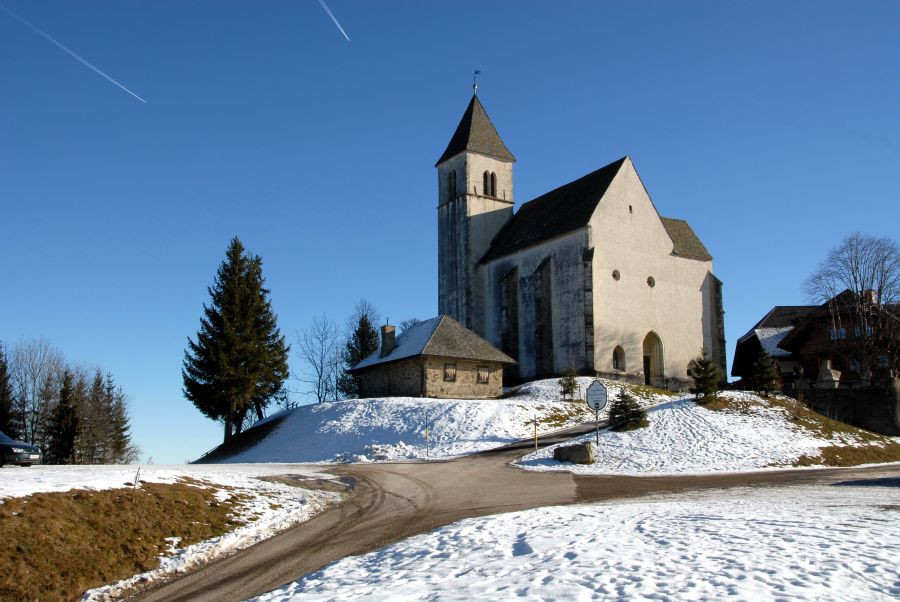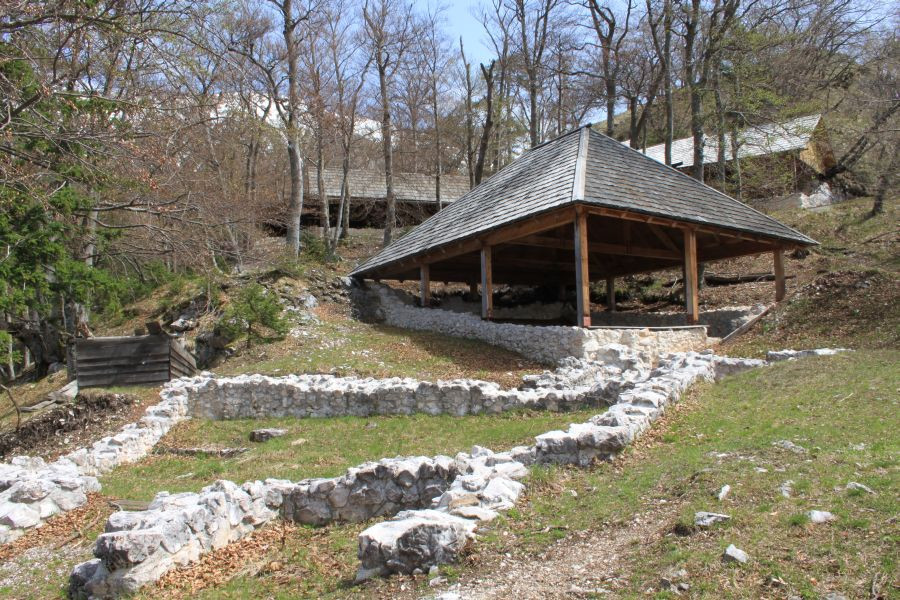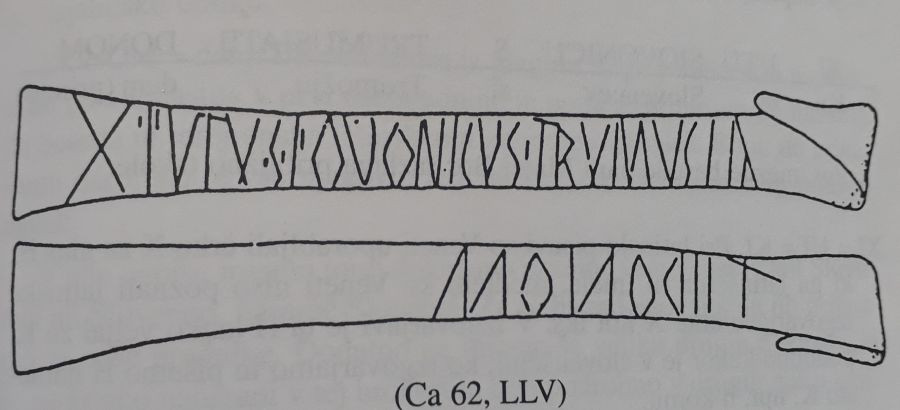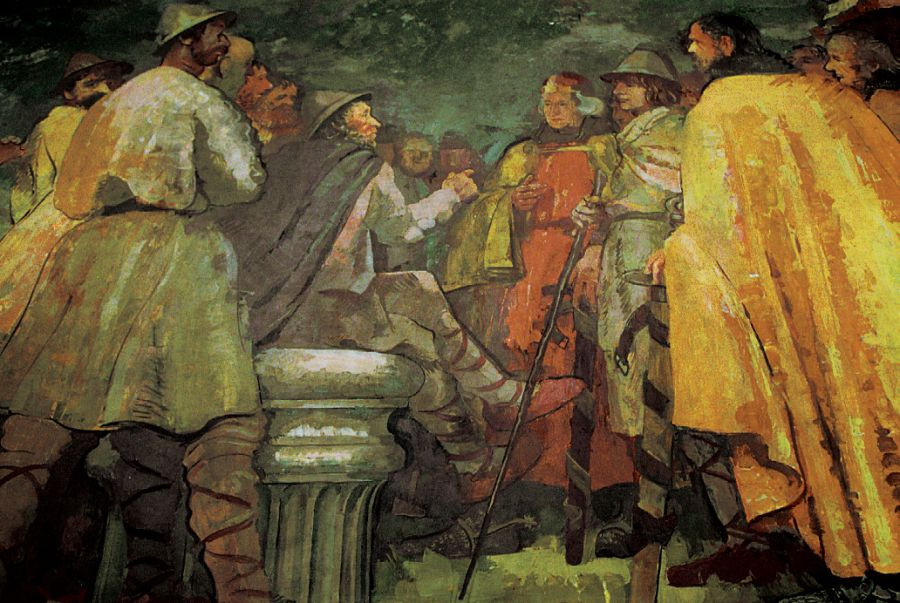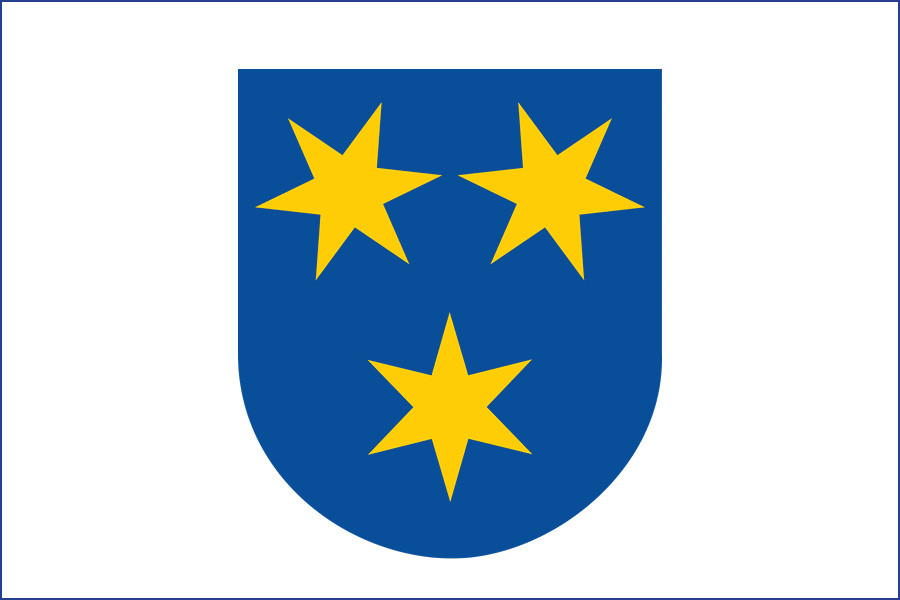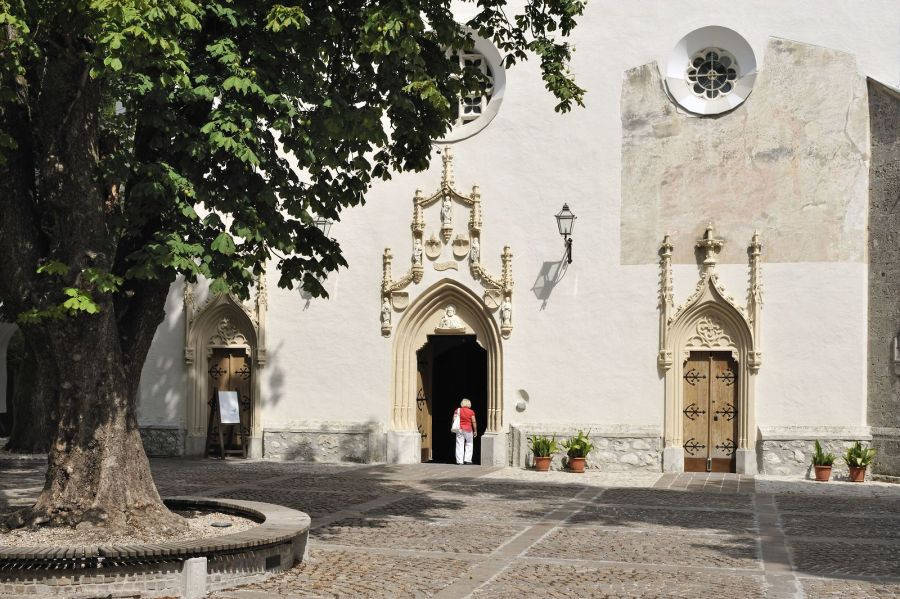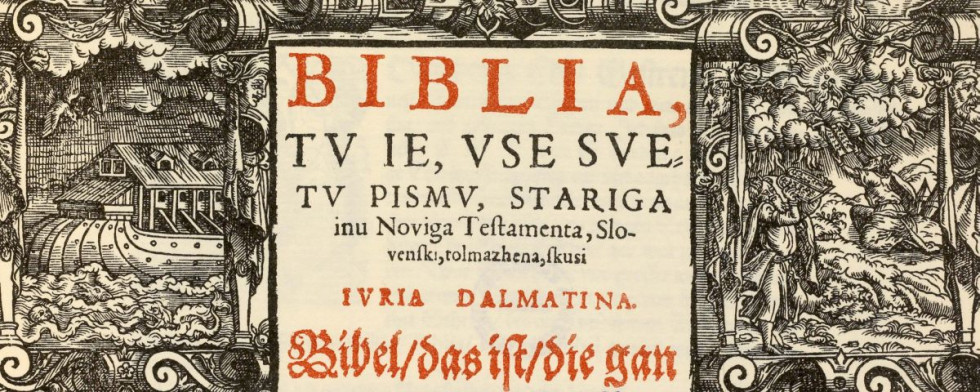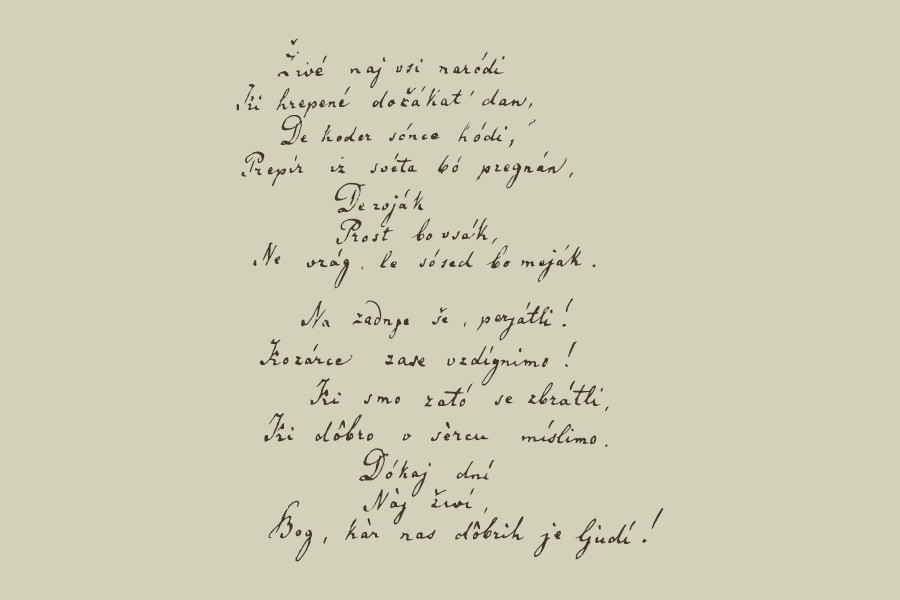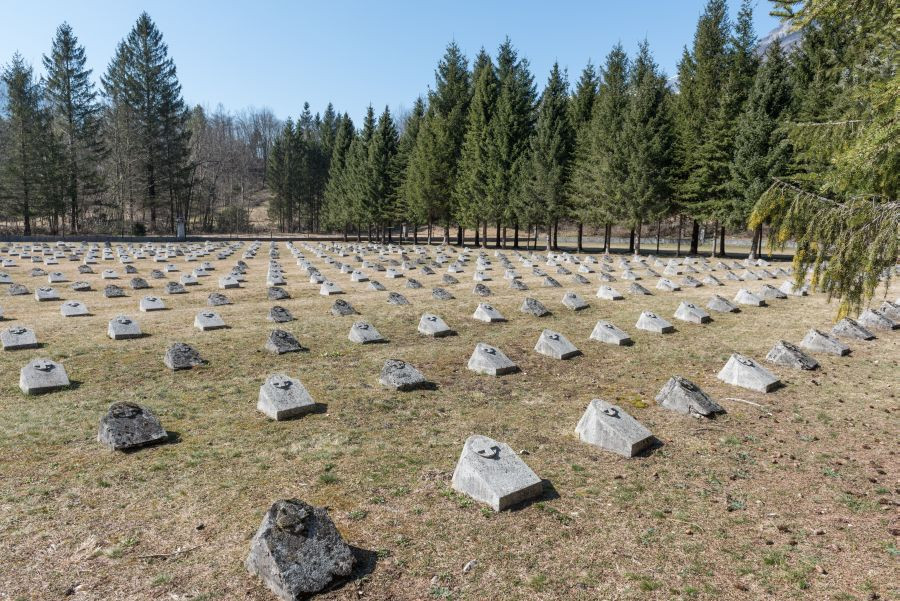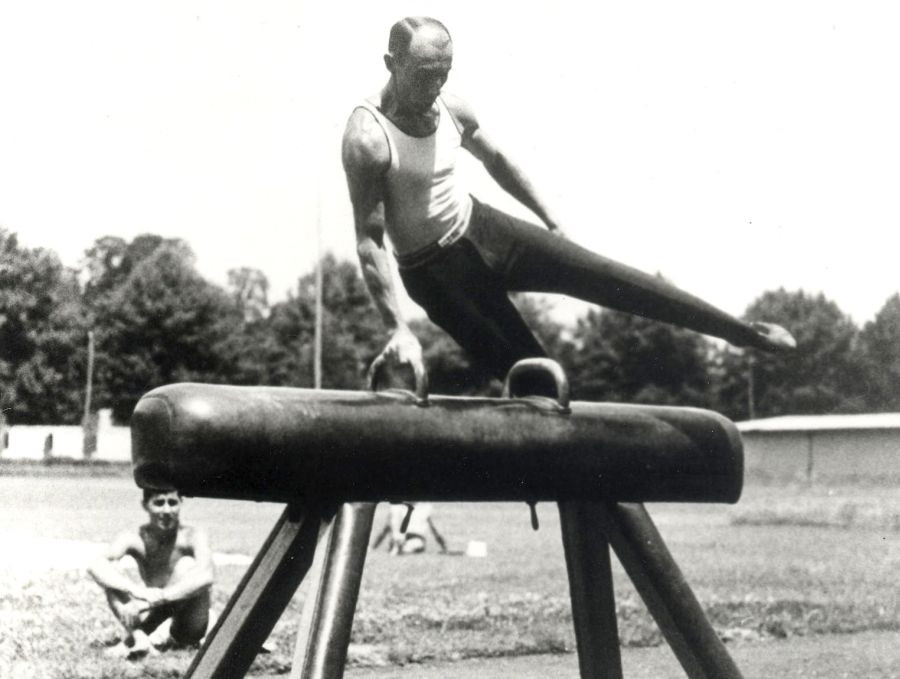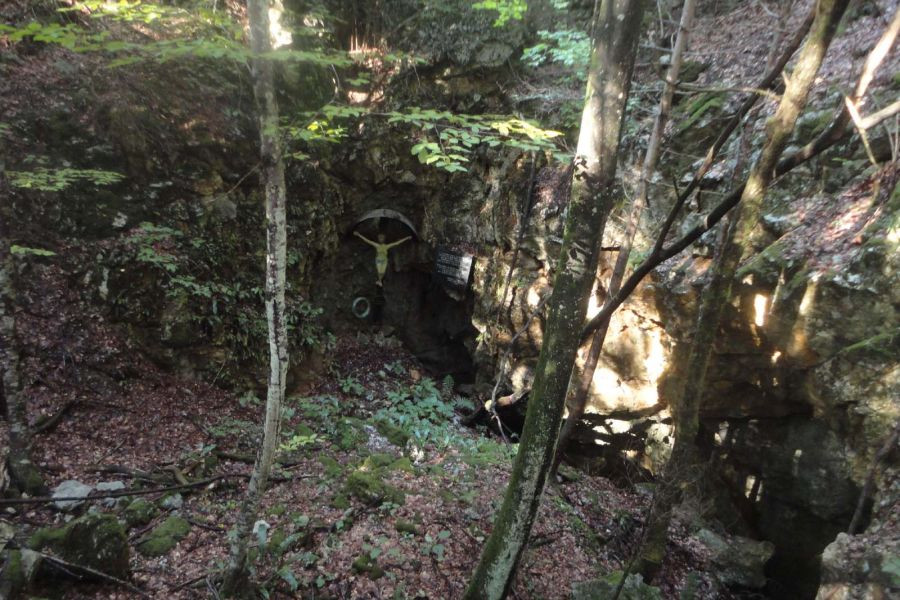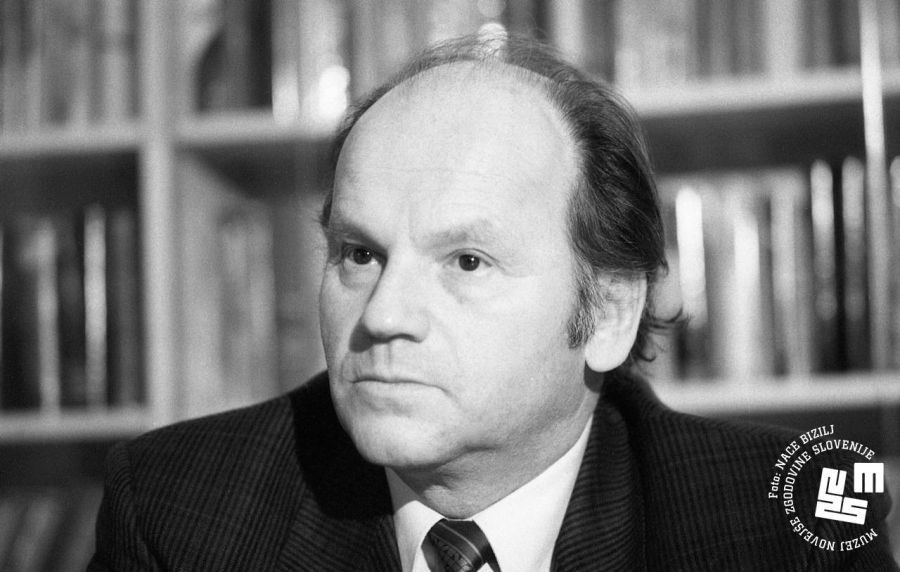A short history of Slovenia
There are many caves in Slovenia that served as a refuge for prehistoric man in which archaeologists have discovered interesting finds of stone and bone weapons and tools. During the Late Stone Age, pile-dwellers lived in the Ljubljana Marshes; their wooden dwellings were built on piles driven into the water or swampy ground. Their main activities were hunting, fishing, animal husbandry and farming. In 2002, archaeologists excavated a wooden wheel with an axle, which is one of the oldest wheels ever discovered in the world. It is more than 5,000 years old.
In the Early Iron Age or Hallstatt period from the 8th to 4th centuries BC, present-day Slovenia was inhabited by various tribes that used iron to make weapons, tools and other objects. The tribal society was stratified into rule by the military aristocracy. Many beautiful specimens from this period were found in the Dolenjska region in particular (situlas, helmets, weapons, necklaces, etc.).
The Kingdom of Noricum was an alliance of different tribes, and was founded in the 2nd century BC after the arrival of the Celts in the south-east Alpine region. Its power was based on the production and processing of iron into a wide variety of products, which were highly valued by the Romans (e.g. the short sword or gladius). The centre of the Noricum Kingdom was on Štalenska Gora in Austrian Carinthia.
Starting at the end of the 2nd century BC, the Roman Empire expanded into present-day Slovenian territory, which was part of the Roman Empire in the early years of the first millennium. The territory was divided into three provinces: Venice and Istria, Noricum, and Pannonia. In many towns or civitas the inhabitants traded extensively, engaged in handicraft, and those living by the sea were seafarers, olive growers and salt producers. The most important Roman towns in present-day Slovenia were: Emona (Ljubljana), Petovio (Ptuj), Celeia (Celje) and others. These towns were also important centres of early Christianity (e.g. Bishop Victorinus in Ptuj).
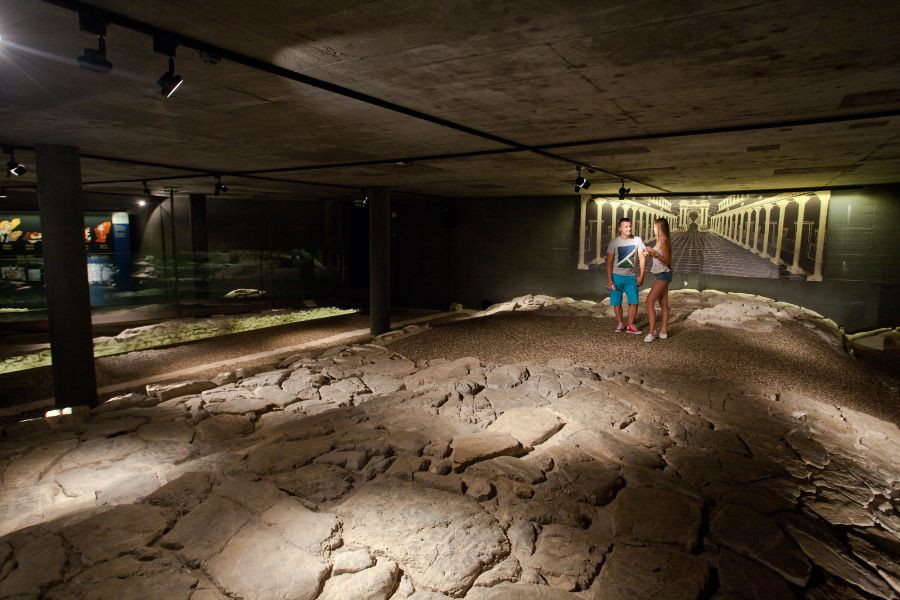
Roman road in the Celje Regional Museum. | Author Jošt Gantar/www.slovenia.info
The end of the 4th century marked the beginning of the migration and invasion of peoples into the territory of the crumbling Roman Empire. In 394, one of the most important battles deciding the fate of Christianity took place in the Vipava Valley. The Christian Emperor Theodosius of Constantinople (present-day Istanbul) defeated his pagan adversary Eugenius of Rome. The Battle of the Frigidus (also called the Battle of the Frigid River) is a symbol of the victory of Christianity in the western part of the Roman Empire.
Inhabitants on the Slovenian side took refuge from the invaders from the east in mountain shelters, where they made a living mostly by raising livestock (Ajdna in Gorenjska, Rifnik in Štajerska, etc.) and continued the Christian tradition. Knowledge of mining and metal processing was also preserved.
In the early 5th century, the Visigoths invaded Italy from present-day Slovenian territory. They were followed by the Huns, the Ostrogoths and the Lombards. Sources indicate the presence of Slavs in our territory from the second half of the 6th century. Interpretations of their origin and settlement vary. Some speak of the arrival of the first Slavic wave from the territory of present-day Moravia, which is said to have been followed by the second wave from the southeast at the end of the 6th century. In recent decades, the Venetic theory has gained wide attention, proving the origin of the indigenous inhabitants of present-day Slovenia and a later connection with Slavic immigrants. Based on many recent studies, today it is no longer possible to justifiably claim that Slovenians are the successors of only one ethnic group.
In the 7th century, Carantania was established in the area between the Drava, Danube and Mura Rivers. The Carantanians fought the neighbouring Avars, Bavarians and Lombards. The centre of Carantania was Krn Castle on the border of Gosposvetsko polje in present-day Austrian Carinthia. The Carantanian prince, who was ceremoniously installed on the Prince's Stone in Gosposvetsko polje, was elected by members of the military nobility and free peasants (kosezi). The oath, by which the prince promised to respect the rights and will of the people, carried on in Slovenian long after Carantania lost its political independence in the 8th century. In terms of democratic practices, the enthronement ceremony was a unique event in the European space at the time. It was later described by the French jurist Jean Bodin, and Thomas Jefferson reportedly used it in drafting the U.S. Constitution.
The Carantanians asked the Bavarians for help against the neighbouring Avars, and in return lost their political independence. Christian missionaries were sent to Carantania. Later, the present-day Slovenian territory was included in the Holy Roman Empire of German nationality and divided into the following provinces: Styria, Carniola, Carinthia and Istria. The most powerful feudal family were the Counts of Celje, who ruled almost the entire Slovenian territory in the 14th century.
The Middle Ages was marked by the colonisation of large parts of Slovenian territory by newcomers from the Germanic world. The ethnic boundary between the hitherto majority Slovenian population and German immigrants changed dramatically. South Germanic influences from the north were intertwined with Venetian influences from the west, which is also reflected in the many Romanesque and Gothic buildings.
The period from the end of the 15th century to the end of the 16th century was marked by Turkish invasions, urban development, peasant uprisings, the influence of the Renaissance and humanism, and the Protestant Reformation. During this time, the first books in Slovenian (Primož Trubar, 1550) and the translation of the Bible (Jurij Dalmatin, 1584; the 14th translation globally) were the beginning of the development of Slovenian literature, which is one of the pillars of the Slovenian national identity. Many townspeople and nobles supported the Slovenian Protestants, but the movement was almost completely suppressed by the Counter-Reformation. Slovenian national awareness was able to develop more freely only with the onset of the Age of Enlightenment.
During the reign of the Austrian Empress Maria Theresa in the 18th century, present-day Slovenia progressed in many activities: agriculture, fruit growing and animal husbandry. Primary education in Slovenian began to develop (1774). Her successor, Joseph II, liberated the peasants, which was the basis for the economic progress of Slovenian lands. At the end of the 18th century, enlightened intellectuals made every effort to bring the Slovenian language to the level of German and Italian. Many books were published, including a new translation of the Bible, the first scientific history of the Slovenian nation, the first theatre plays and newspaper in Slovenian.
Slovenia's territory in the first half of the 19th century was marked, inter alia, by the French occupation (1809–1813), the construction of the Vienna–Trieste railway (completed in 1857) and the strengthening of the national identity (the Spring of Nations, the first Slovenian political programme, entitled United Slovenia 1848, which demanded national autonomy within the Habsburg Monarchy, mass rallies). The poet Dr France Prešeren put the Slovenian language on the map of culturally highly developed nations.
The period before the First World War was a time of intense economic development and enhanced political activity in Slovenia (mass political open-air rallies – camps, newspapers, etc.). The first political parties were formed. The First World War greatly affected Slovenia and its inhabitants. The Isonzo Front (1915–1917) in the western part of Slovenia was one of the bloodiest battlefields of the First World War. Numerous Slovenians fought on all fronts, especially in the ranks of the Austro-Hungarian army; many lost their lives.
In 1917, Slovenian representatives handed over the May Declaration to the Austrian emperor, in which they demanded the autonomy of Slovenian territory within Austria-Hungary. A huge number of signatures were collected in support. At the end of the war, Slovenians were part of the State of Slovenes, Croats and Serbs, and at the end of 1918 part of the Kingdom of Serbs, Croats and Slovenes (later Yugoslavia). The economic and social development of the Slovenian nation was also driven by political disagreements between the unitarian Serbian government and the majority Slovenian People's Party in Slovenia, which sought to maximise the autonomy of Slovenians. The Slovenian national identity was strengthened, among others, by great success in sports (Leon Štukelj in gymnastics, Milan Vidmar in chess, and others) and sporting endeavours such as the construction of the Planica ski jump hill and Sepp Bradl's ski jump of over 100 m for the first time in history.
During the Second World War, the Slovenian territory was divided into German, Italian and Hungarian occupation zones. Deportations of the intelligentsia, forced mobilisation into the German army, the banning of the Slovenian language from public life and other acts of violence were a serious threat to the Slovenian nation, which appeared doomed to destruction. In those most difficult of times, some leading Slovenian politicians opted for tactics involving functional cooperation with the occupying forces, while members of the Communist Party took advantage of the difficult situation to start a communist revolution. After Germany's attack on the Soviet Union in June 1941, they called for an armed uprising against the occupiers, began a partisan struggle, and by 1943 had completely excluded non-communists from the uprising. Already during the war, the Communists disabled their political opponents and seized power, which they consolidated through undemocratic elections in 1945. At the end of the war in May 1945, many people fled to Austrian Carinthia in fear of revenge, from where they were returned to Yugoslavia under pretext by British soldiers, who handed them over to Tito's partisans. More than 14,000 Slovenians died in extrajudicial killings. Their remains lie in abysses, mine shafts, forests and elsewhere throughout Slovenia. Over 700 killing fields have been recorded to date.
After the Second World War, Slovenia became one of the six Yugoslav republics. Yugoslavia remained a one-party state of diversity as regards national, economic, social, religious and other aspects. After the death of Tito, who ruled as a lifelong dictator with the help of the Party and the army, Yugoslavia sank even deeper into a multifaceted crisis. In the 1980s, two visions of the future were formulated: the decentralisation and democratisation of the country were advocated by the more developed republics, especially Slovenia and Croatia. The central authorities, however, together with the military and Serbia, insisted on a centralised and unitarian Yugoslav community. Pressure from the Serbian authorities, led by Slobodan Milosević, caused a crisis in Kosovo, which sparked growing inter-ethnic tensions across the entire country. At the end of the 1980s, a political spring began in Slovenia, marked by the trial against Janša, Borštnar, Tasić and Zavrl, the awakening of an independent civil society, mass rallies against the regime, the emergence of the first political alliances and movements, constitutional changes, the May Declaration demanding a democratic and independent Slovenia, and, at the end of 1989, the establishment of the democratic opposition Demos, with the former dissident and political prisoner Dr Jože Pučnik at the helm.
Demos won the first multi-party election after the Second World War in the spring of 1990. Following the plebiscite on independent Slovenia in December 1990, Slovenia won the Slovenian War of Independence in 1991. At the end of October 1991, the Yugoslav army left Slovenian soil. Despite the disapproval of most European and world powers, Slovenia gained international recognition, becoming a full member of the UN and joining the European Union and NATO in 2004. Slovenia adopted the euro in 2007 and held the Presidency of the Council of the EU in the first half of 2008, when Janez Janša was Prime Minister for the first time.
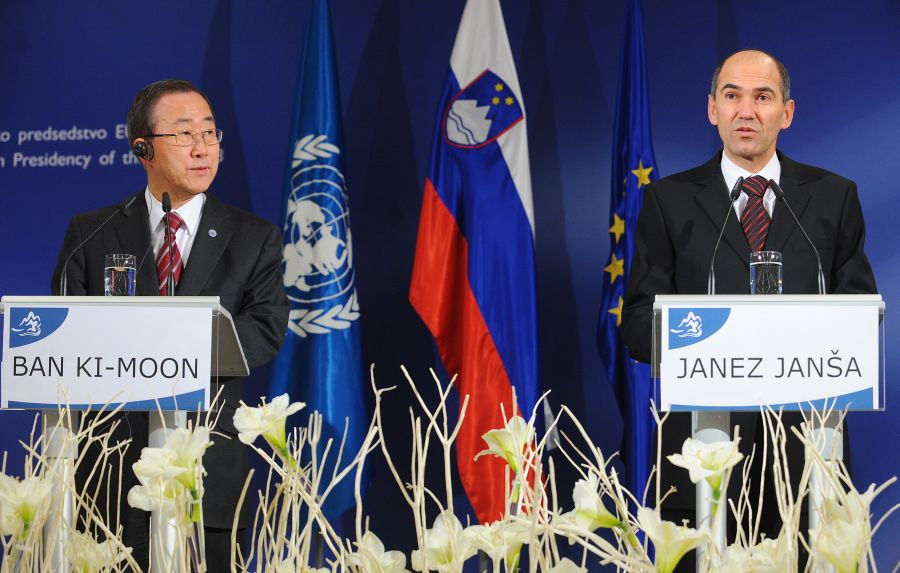
UN Secretary-General Ban Ki-moon and Prime Minister Janez Janša. | Author eu2008.si
Author: Dr. Andreja Valič Zver
Similar articles
-
A short history of Slovenia
-
The Slovenian anthem emphasises ties and friendship among nations
-
1991 Prešeren Award Winners
-
Drago Jančar – a European storyteller in the Slovenian language
-
Dialects enrich the Slovenian language
-
Pioneers of Slovenian Beekeeping
-
Slovenian monasteries
-
Extremely rich cultural heritage
-
Stories from beehive panels
-
World’s oldest vine


